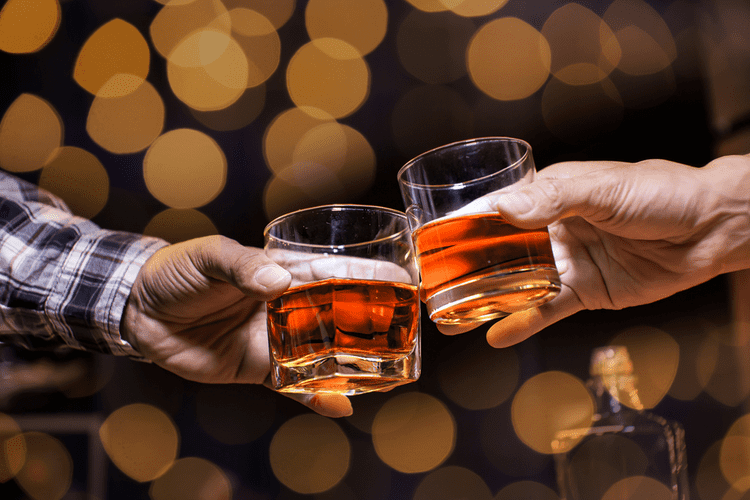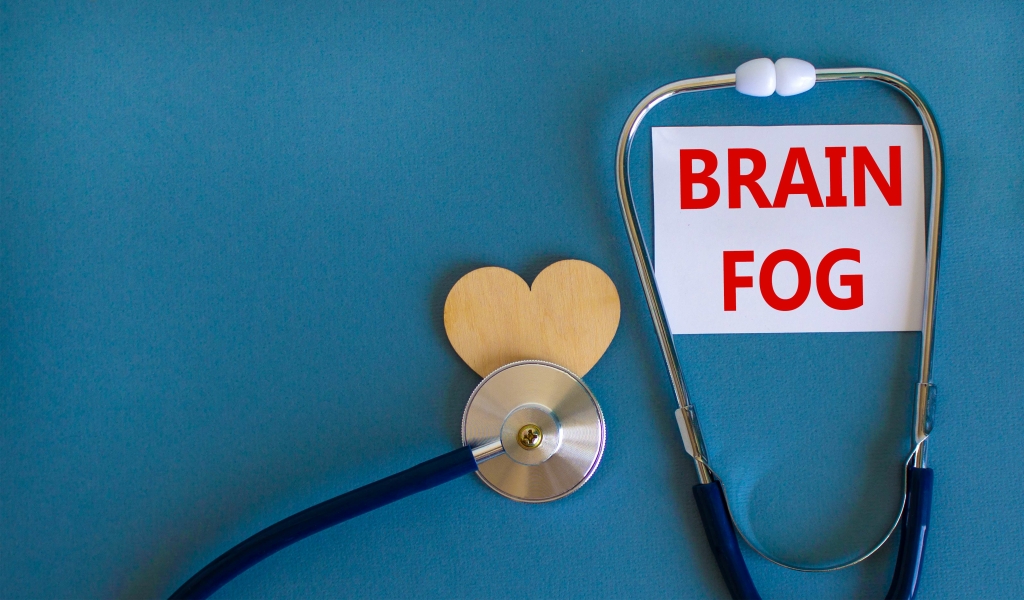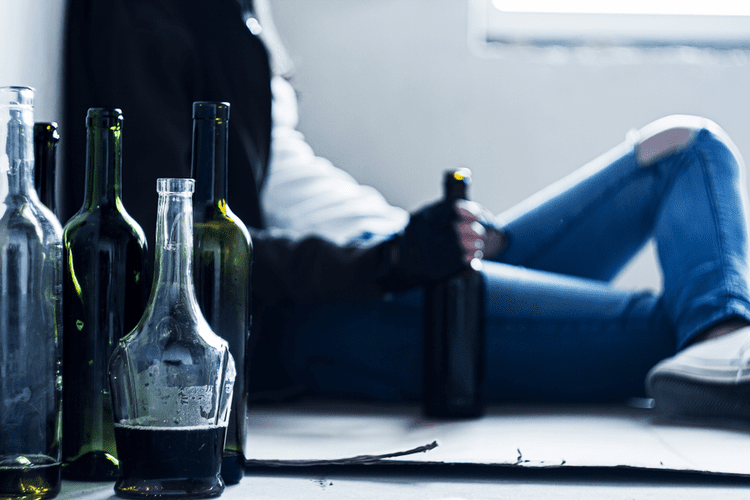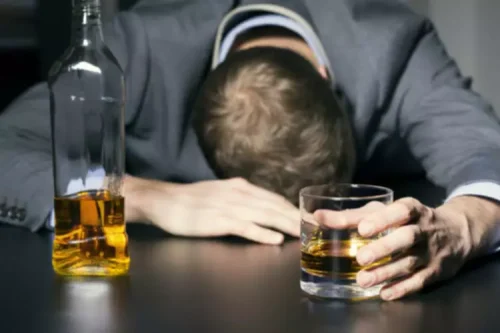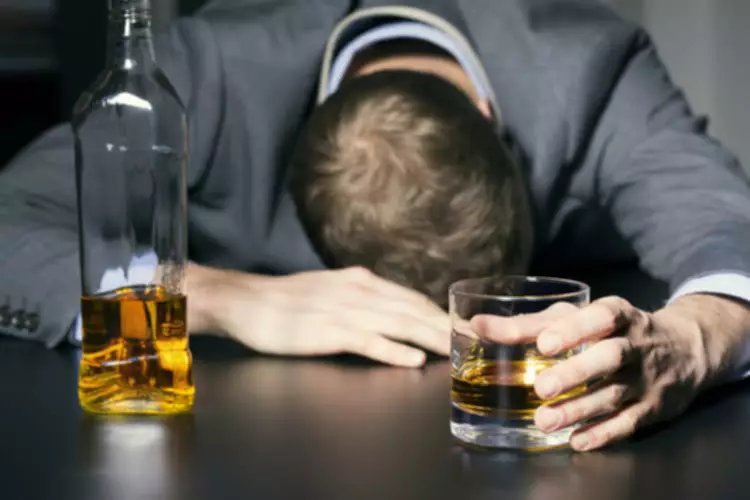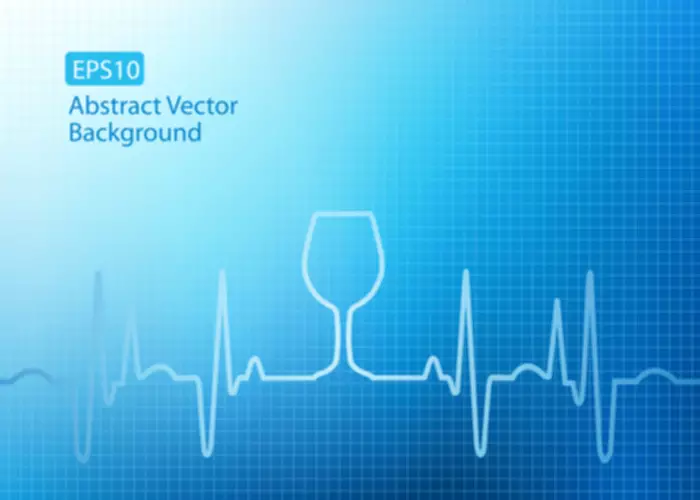
The journey to recovery is intricate, but with a robust network, it can become a journey of empowerment and hope. Mobile apps like Sober Grid and Reframe keep individuals connected to sober network their sober networks regardless of their location. These apps feature meeting locators, sobriety trackers, and peer support messaging systems, all designed to maintain user engagement and accountability in their sobriety journey. Additionally, the Affordable Care Act (ACA) requires insurance companies to provide coverage for addiction treatments in Florida.
Selecting the Right Individuals for Your Network
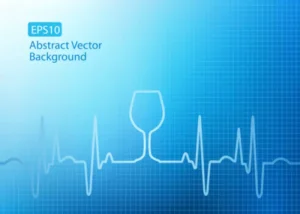
This mindset fosters resilience, enabling one to face cravings and deal with the potential urge to relapse. It’s crucial to remember that recovery is a journey that takes time; thus, developing coping strategies during tough moments can make all the difference in sustaining progress. Getting others to support your recovery involves communicating your needs clearly and asking for their understanding and assistance. Surround yourself with people who respect your journey and can provide encouragement and accountability.
- The concerns run from safety of children who live within a limited distance from the homes as well as the effect of sober living homes on their property values.
- The city instructed staff to schedule a study session to be able to explain more details during a public forum.
- Solid Landings Behavioral Health, which owned 33 homes in Costa Mesa, sued the city.
Benefits of Support Groups and Resources
- Tarquin Preziosi, the city attorney of Costa Mesa, talked about his city’s successful efforts to enforce regulation on sober living homes—something other municipalities haven’t been able to do yet.
- This may help you to rebuild relationships with family members or friends from the past.
- During the Tuesday night meeting, City Attorney Patrick Munoz said the Council authorized for code enforcement activity against one particular licensed facility in the city.
- Sober Network Inc. knows and understands that you care about how your personal information is used and shared, and we take your privacy seriously.
- Sober living homes play a pivotal role in recovery by offering an alcohol- and drug-free environment.
Find supportive resources, such as recovery groups or therapy, and commit to a plan that focuses on long-term https://ecosoberhouse.com/ sobriety. Sober people can meet others through recovery meetings, support groups, sober events, and online communities. Attending regular gatherings and participating in social activities designed for sober individuals can help build connections.

Call 12 South Recovery Today!
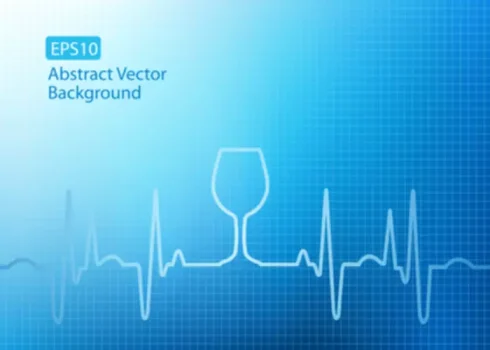
Each resident is referred to as a node and each relationship between the nodes of a dyad is referred to as an edge. Each edge is a degree that can either be an out-degree Drug rehabilitation (a rating that the ego node makes about each alter) or an in-degree (a rating that each alter makes about the ego node). Since each resident provides ratings of all other residents, raters may indicate different strengths of relationships, such that A’s rating of B is considered a different measure of the relationship than B’s rating of A. To make sober fun, explore activities that don’t involve alcohol or substances. Join hobby groups, participate in sports, go on outdoor adventures, attend cultural events, or host sober gatherings with friends. By actively engaging in these steps, you not only lay the groundwork for a robust support network but also enhance your chances for a successful, long-term recovery.
- Whether you are looking for motivation or people to keep you accountable, your sober support network provides constant love and support as you begin to take back control over your life.
- As early as Aug. 11, Sovereign has claimed neighbors in the 2900 block of Via San Gorgonio have broken into the home and threatened employees of the treatment provider.
- Without a doubt, addiction can fracture relationships with loved ones; however, that doesn’t mean these relationships are broken forever.
- Traditional strategies for building a sober network are effective, but innovative approaches are emerging to further strengthen support networks.
- Engaging in activities like yoga, art therapy, or joining a sports league offers both physical and mental health benefits.
- Additionally, some insurance plans may require prior authorization or limit the amount of treatment covered.
DBT for building trust and communication skills
- Your past relationships may be strained, and you may struggle to find social connection when you need it most.
- Investing time in these areas can fortify the foundation of a healthy sober environment, empowering you to maintain your recovery effectively.
- These connections become essential in combating the loneliness that can accompany recovery, ultimately contributing to a lessened risk of relapse.
- In today’s digital age, building a sober network has transcended geographical boundaries.
- We offer a full continuum of care on our campus – from admissions to discharge, guiding and supporting you every step.
- Sober living communities give you resources and an environment around other recovering addicts so you can feel supported transitioning back into your everyday life.
Engaging in activities like yoga, art therapy, or joining a sports league offers both physical and mental health benefits. Organizations like Phoenix Multisport create supportive communities focused on health-oriented activities, promoting an active lifestyle and allowing recovering individuals to build new, sober relationships. Sober living homes offer a transitional environment for individuals recovering from addiction. Establishments such as Oxford House or Ethan ‘s Crossing provide residents with a substance-free living space and built-in support systems.

